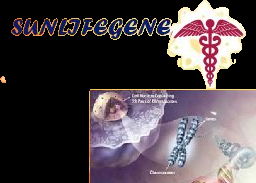cancer biology and immunology
What is autophagy In Greek words auto-, meaning “self”, and phagein, meaning “to eat”. Thus, autophagy denotes “self eating”. It is a natural process which is a fundamental process for degrading and recycling cellular components. During autophagy, a cell will break down unnecessary components within a cell for fuel and to build or maintain cells. It plays the role of cleaning up the “junk” components which free cell space so that the cell can work properly. It can also destroy bacteria, viruses and cancer cells that can harm cells. After that, it can rapidly provide fuel and building blocks for the new parts of the cell, which makes the response of starvation and other kinds of discomfort from the cell important. This article will describe the discoveries of mechanisms for autophagy and its function. During the 1960’s, researchers first found that the cell could destroy its own components by forming sack-like vesicles enclosed with membranes which were transferred and fused with the recycling compartment, the lysosome, for degradation. In early 1990, Yoshinori Ohsumi published papers showing identify genes essential for autophagy, used baker’s yeast with a series of brilliant experiments. He elucidated the underlying mechanisms for autophagy in yeast as well as in our cells.
Read More







